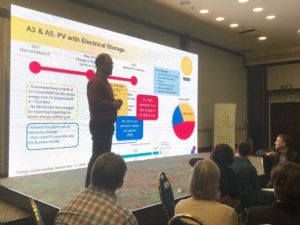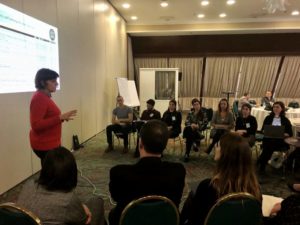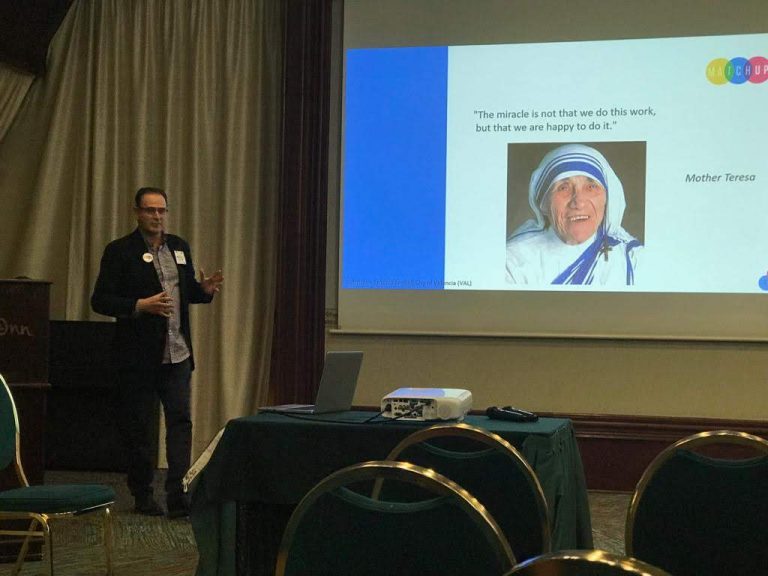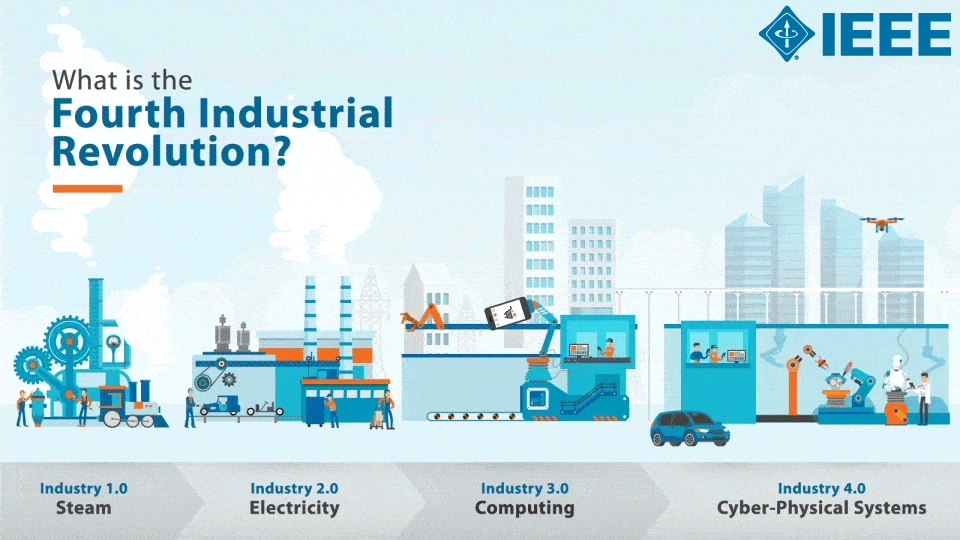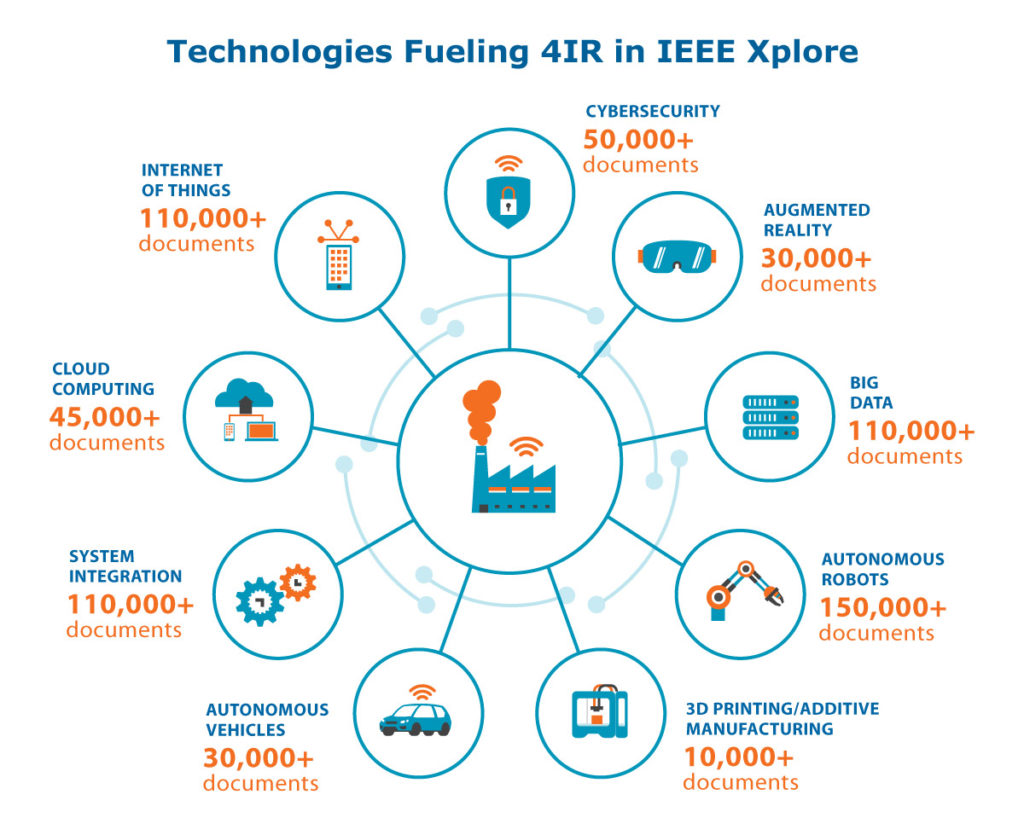Author: admin
Valencia MAtchUP: Energy consumption
What AI and machine learning can do for Smart Cities?
3 tips to use ISA-95 for IIoT
The rapid growth of IoT technology has led to a common complaint about the lack of standards across IoT, but organizations can use the ISA-95 standard for IIoT.
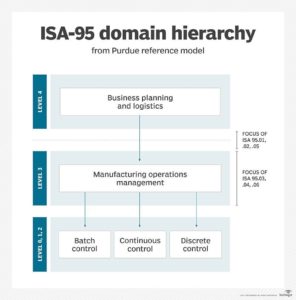
1. No need to reinvent the wheel.
ISA-95 is already widespread in manufacturing and industrial organizations. Even though IIoT is in some respects new, it doesn’t require rethinking the software, database and information structure from the ground up. That work has already been done and organizations considering IIoT adoption have likely already implemented the structure. IIoT architects should think in terms of integrating into ISA-95, not supplanting it.
2. ISA-95 is silent on hardware and lower-level infrastructure, including network, security, compute and storage.
A fundamental divide splits IT between software and infrastructure people. Even though organizations can implement infrastructure through software, the logistics of getting data from point A to point B, then processing and storing it effectively still comprises infrastructure. Similarly, virtual machines and containerized applications have replaced servers, and software-defined networks and software-defined WANs replace traditional appliance-based networking.
3. IoT architects and engineers should focus on infrastructure and cybersecurity requirements.
Given the established framework of ISA-95, architects can best spend their efforts on network, compute, storage and cybersecurity for IoT and IIoT. The ISA has developed cybersecurity framework IEC 62443 that aligns with ISA-95, but it focuses more on the information and modeling or conceptual level and requires enhancement and extension to cover the entire IIOT.
IoT In 2020: 5 Things You Need To Know
Smart Home
Home Automation, often referred to as “Smart Home Technology”, is the use of technology to automate your home. Home automation allows you to control almost every aspect of your home through the Internet of Things (IoT).
Home Automation started with the invention of the Thermostat and has developed into one of the biggest and fastest growing markets in technology. Home Automation’s potential continues to grow. You can use it for home security, controlling appliances, monitoring energy use, as a personal assistant, for looking after the elderly or disabled and more.
The first industry standard for home Automation was X10. X10 helps devices connect to each other primarily through power line wiring, radio frequency, and wireless-based protocols. Today Zigbee, Z-Wave, and Insteon are also leading protocols for Home Automation. These new industry standards rely more heavily on modern wireless technology, like mesh-networking.
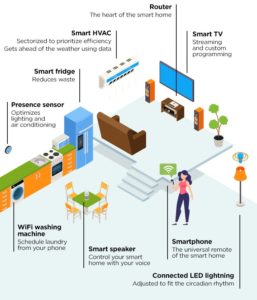
Smart Home Basics
Let’s start with the basics. The following are the most commonly used Smart Home options on the market right now. They are easy to use, install, and tend to be the most affordable Smart Home tech. Some of these basics are: Smart Speakers, Smart TVs, Smart Thermostats, Smart Plugs, Light Automation, Video Door Bells, Robot Vacuums.
Smart Kitchens
Though technology has yet to provide us with a robot chef, these smart kitchen appliances make cooking and cleaning that much easier. You can even connect many of them with your smart speakers!
Smart Bathrooms
Even the most basic necessities can be enhanced in a Smart Home. Smart-Bathroom technology will make your bathroom more than a room you have to use.
Smart Nurseries
Having a newborn is one of the most rewarding, and stressful experience in life. Thanks to Smart-Nurseries, babies are safer than ever, and parents can relax just a little.
Smart Pet Care
Taking care of your fur-babies is easier than ever with smart pet-tech. The best part about these gadgets is that they make life easier for you and your pets. Feel less guilty about leaving them home alone during the day, and enjoy the time you do spend with them that much more.

Is Home Automation Safe?
No technology is a 100% foolproof, and Home-Automation is no different. Here are some things to keep in mind when investing in Home Automation. When it comes to Smart Homes, you really have to consider the fact that being so connected gives companies the chance to collect data about you. The number one culprit is going to be your smart speaker. Many people leave their smart speakers on all the time, which means they are listening all the time.
Cybersecurity is another very important issue that many people do not take seriously enough. The Internet of Things (IoT) device market just keeps growing and developing, and as it does security for these devices sometimes falls through the cracks. As a consumer, you need to know how to protect yourself, in case developers cannot.
Now that you have all the information you need on Home Automation, and Smart Home technology, the next step is finding the best products for you.
Edge computing
The cloud prepares for the next phase. We will move from today’s large centralized data centers to more local computing and storage. This is nothing less than edge computing, the new generation of the cloud.
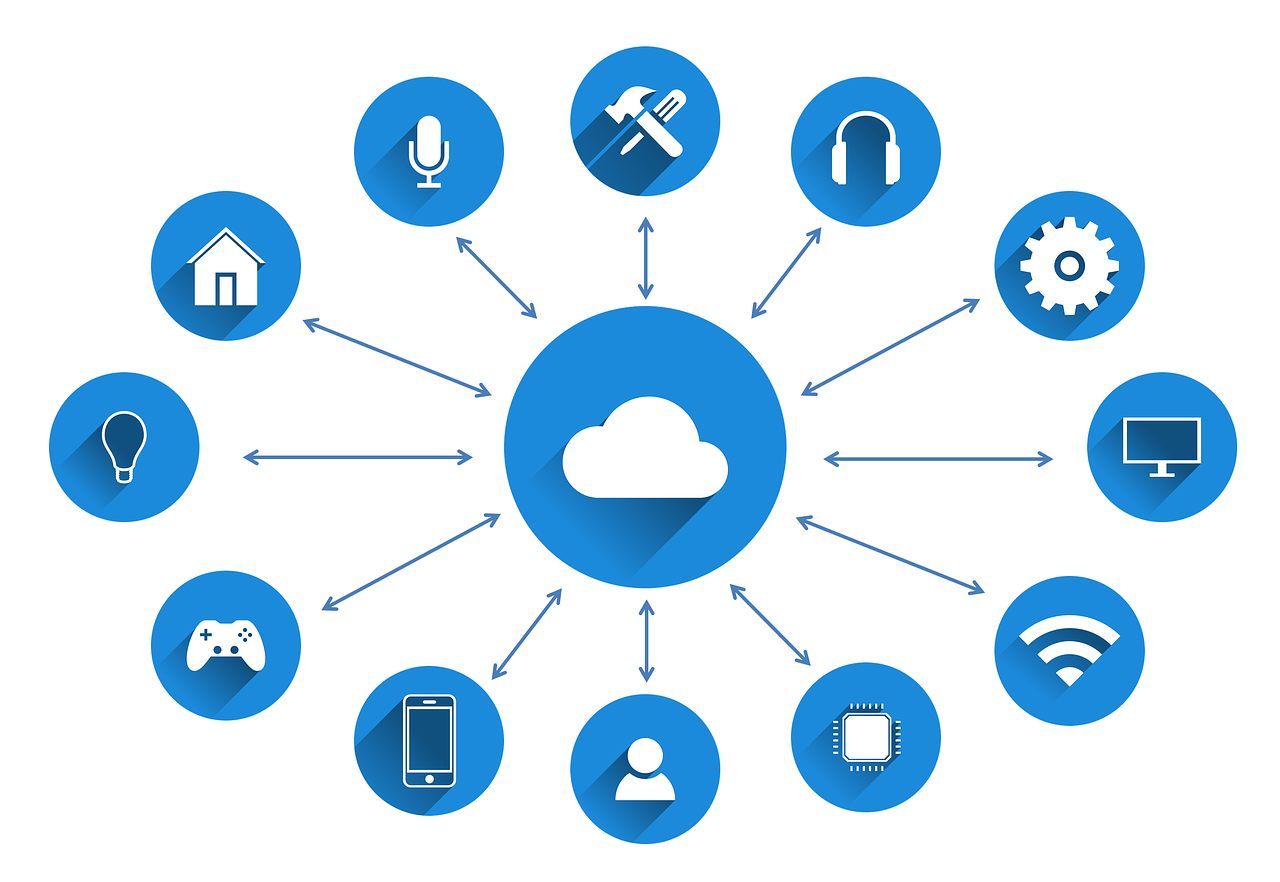
The possibilities of edge computing
Edge computing allows us to offer less latency, more efficient communication and greater security, critical aspects for new applications. Lower latency means faster communication, in a few milliseconds, which will allow new applications beyond what is technically possible at this time in areas such as virtual reality or autonomous driving.
Improving the efficiency of communications will make it easier to manage the large amounts of data generated by video and the Internet of Things (IoT), and especially everything related to artificial vision.
Finally, data security and privacy will allow us to face one of today’s most complex problems: instead of depending on a global cloud that we don’t know where it is or who controls it, we will have the possibility of storing the data in nearby and secure locations under our control.
These new capacities will have an impact on the devices: edge computing will allow some of them to be unloaded with processing capacity, as this can be produced on the network, closer to the user and in real time. This will result in a reduction in its cost (simpler devices) and energy consumption (less process), so that the number of connected devices will increase, which will also generate new opportunities for growth in the business of connectivity.
Edge computing in companies
But these new capabilities and less consuming devices already have concrete uses at this point in the day-to-day life of businesses. Let’s look at some examples: Data storage, Artificial vision, Industrial Internet, Video and virtual reality, Data network or Autonomous driving.
Impact on consumers
It will also change our lives as consumers, since edge computing will make possible things unthinkable until now. The magnitude of the leap from fiber and 4G to edge computing will be similar to the shift from ADSL to fiber.
In short, a world of low latency, high capacity and millions of connected devices is an experience that combines edge computing, 5G and fiber: the combination of these technologies represents a virtuous circle. Undoubtedly edge computing has come to change our lives and our way of working.
To read the full article click here
Mingling of IoT with AI
What is the Fourth Industrial Revolution?
Top IoT Development Tools
The Internet of Things is penetrating every aspect of our daily life. With this humongous interest, numerous organizations are battling a war against one another and are attempting to create products that are superior to their partners. A wave of IoT Tools has emerged over the past years. Here a list of the most Popular IoT development Tools are listed.
- ARDUINO (IDE)
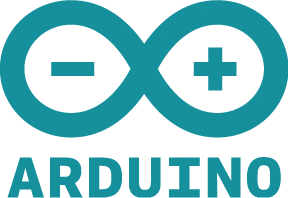
Arduino is an open-source prototyping and simple-to-use IoT platform. The Arduino uses microcontrollers programmed using any of the supported languages, C and C++.
- RASPBIAN

This IoT IDE is created for Raspberry Pi board by IoT tech enthusiasts. With over 35,000 packages and numerous examples along rapid installation with the use of pre-compiled software makes it an essential IoT development tools.
- NODE-RED
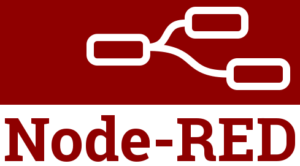
Node-RED is a simple visual tool which is built on Node.js, a server-side JavaScript platform which is widely used in IoT projects. It is an open-source tool mainly used to connect devices, services and APIs together with an integrated browser-based flow editor.
- TESSEL2

This is a hardware provider that can be used to build basic IoT solutions and prototypes. Tessel 2 lends a helping hand through its numerous sensors and modules. This is a board which can hold up to a dozen modules including the RFID, camera, GPS and the accelerometer.
- PLATFORMIO

This platform comes with a build system, supported by a library manager and IDE. It comes pre-equipped with more than 10 frameworks, more than 20 development platforms, and more than 400 embedded boards. It has support for C and C++ Intelligent Code Completion and Smart Code Linter for Professional Development. It also has support for multiple projects workflow in multiple panes.


